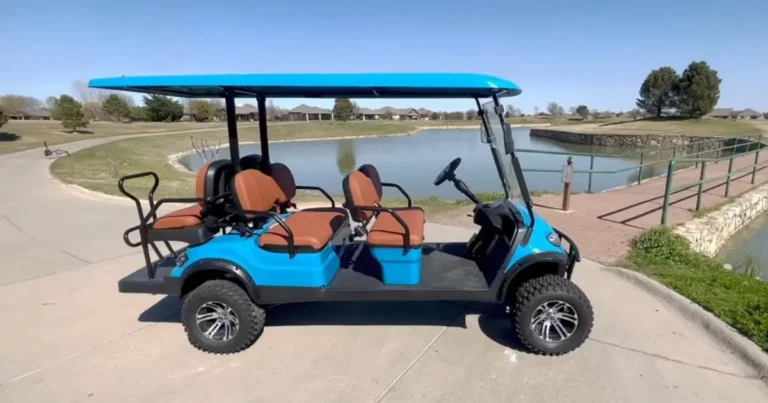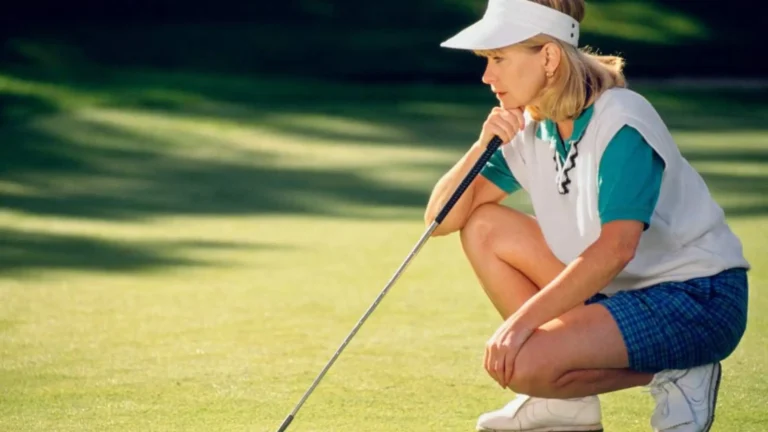When Do Golf Courses Typically Close for the Winter Season?
For avoid golfers in northern climates, the upcoming winter months will mean putting the clubs away for a while. Golf courses must close when cold temperatures and snow accumulate, making maintenance and playability impossible.
Most facilities set closing dates based on average seasonal weather patterns in their area to maximize the number of playable months. Understanding the typical winter closure timeframes allows golfers in various regions to plan around course availability.
Closure Factors and Logistics
Each year, several key factors are used to determine when a course should temporarily close for the winter:
Average Date of First Snowfall – Early-season snowfall renders fields unplayable.
Average Date of First Hard Freeze – Prolonged freezing harms turfgrass and prevents growth.
Hours of daylight – Less sunlight reduces playable hours and pace of play.
Player Traffic and Revenue – Low turnout results in unprofitable conditions due to operating costs.
Furthermore, maintenance crews use the winter months for large turfgrass projects and drainage repairs that necessitate full course access. When customer demand drops, staff levels also decrease in order to save money.
When determining the best closing date, superintendents consider historical climate data such as temperature and daylight trends. The time between first frost and permanent snow allows them to maximize open weeks while finishing up year-end tasks.
Golfers looking ahead to next spring can look at average temperature and precipitation records to see when their local courses are typically closed.
Regional Distribution of Closure Dates
Average golf course winter closure dates vary greatly across northern regions, depending on specific climate conditions:
Northeast – October through November
The dense concentration of golf courses in the northeast necessitates early winter closures. With cold temperatures and snow beginning as early as late October, most facilities have set November 1 to 15 as their final playable date.
As skiers shift their focus, public player demand drops quickly. However, some southern facilities, such as those in Maryland, remain open year-round if the weather permits.
Midwest – November through December
Midwestern courses located farther south of the Great Lakes, such as those in Missouri and Kansas, experience milder early winter weather on average. However, more northern Midwest states will experience consistent snowfall and freezing temperatures in November.
Most golf clubs plan to close on November 15, but some may extend into December if possible. Warmer climates, such as St. Louis, keep some holes open for much of the winter.
Northern Plains – October through November
The northern Plains and upper Midwest experience winter’s first snowfall and cold temperatures. Golf courses in North Dakota, South Dakota, Minnesota, and northern Wisconsin close by late October.
Heavy snow also falls unexpectedly in this region, resulting in lost revenue if caught open. The earliest clubhouse closures happen around October 1.
Mountain Region – November-December
High altitude mountain courses have a very short golf season, but mild early winter weather keeps some lower elevation layouts open until December, if possible. Most set November 15 as the average closure date, but those in milder climates, such as Salt Lake City, can play into December. Snowfall varies greatly from year to year, allowing for more weeks in lighter winters.
Factors that cause delays in closure
While the above timeframes reflect general golf course closing dates by region, weather and business factors occasionally push dates back:
Warmer than average. Early Winter – Warmer temperatures and less precipitation than normal delay winter damage and turf dormancy, allowing for more weeks of play.
Membership and Revenue Goals – Private clubs may extend closing dates to meet annual member play requirements. Public facilities generate critical revenue from late-fall rounds, allowing them to stay open longer.
Mild Early Season Next Year – When courses can safely open earlier in the spring, some postpone closures to increase total operating months.
Irrigated Fairways – Watering and overseeding keep grass growing late into the fall, despite cooler temperatures.
Improved Grasses – Cold tolerant turfgrass varieties are more resistant to early winter damage and discoloration, allowing them to be played for longer periods of time with proper protection.
When deciding on closing days, golf course owners must balance agronomic and safety concerns with the potential for revenue loss. Extending the season even a few weeks has a significant profit impact.
What Happens When Courses Close?
Once daily operations and regular play have ended for the winter, maintenance teams quickly shift to year-end work mode, taking advantage of open access.
Detail Equipment Maintenance – Mechanics thoroughly inspect and service all mowers, utility vehicles, and tools to ensure maximum life.
Irrigation Winterization: Blowing compressed air through irrigation components prevents freeze damage. Hoses and heads are stored.
Tree Work – Pruning trees while they are dormant improves their structure and playability for the following year without disrupting growth cycles.
Bunker Renovations – With no visitors on site, bunker rebuilding projects run smoothly.
Tee Leveling – Laser grading levels out tee surfaces that have been heaved due to winter freeze and thaw cycles.
Deep Aeration – Heavy core aeration reduces soil compaction, resulting in healthier spring turf.
Drainage Repairs – Any drainage issues are fully repaired before the winter freeze-thaw cycles exacerbate them.
Fertilizer Application – Final fertilizer feeds prepare turfgrass plants for dormancy and the nutrients needed for the following year.
Superintendents also monitor weather forecasts every day during the winter, responding quickly to heavy snow or icing to avoid turfgrass damage. Despite being closed for play, vigilant winter care ensures healthy grass for a successful spring reopening.
Occasional winter play
During routine play and course maintenance When golf facilities close, avid golfers have occasional winter access if the weather permits.
Seasonal Par-3 Courses: Separate par-3 layouts provide cheaper winter golf with less walking and course damage.
Winter Days Golf Pass: Some clubs sell daily passes on suitable winter days, allowing access at a reduced rate.
Driving Ranges: Heated, covered ranges help keep swing mechanics in tune between rounds. Some people set up temporary outdoor areas.
Of course, every shot poses a risk of damaging frozen turf, and winter greens keep the ball moving at glacier speed. However, regular winter play fills the golfing void for those hoping to avoid rust before next spring. Just remember to follow all club footwear, cart usage, and turf protection policies when taking advantage of cold weather specials.
Timing Spring Opening Dates
While winter closures follow fairly consistent templates year after year, determining when to reopen in spring varies depending on the weather. Courses strike a balance between increasing revenue and protecting still-vulnerable turfgrass from damage:
Tee Access First – Limited tee shots create the least amount of potential harm, allowing for the earliest access. The fairways and greens remain roped off.
Lingering Frost Delays – Saturated soils and morning frosts delay daily openings until the soils dry consistently.
Permanent Wilting Point – Soil moisture gauge readings indicate when turfgrass resumes active growth for simultaneous opening.
Overseeding Completion – The course will reopen once the newly seeded areas have established for durability.
Grounds crews also monitor soil temperature, air temperature, mowing height, and grass health benchmarks before allowing full golf activities. Soft conditions are responsible for the majority of early-season damage and delays.
However, once completely thawed and growing, winter grips loosen across frosty regions, ushering golfers back out for the first dry 50-degree weekend.
Choosing An Alternative Course
Golfers experiencing winter closure blues at their home course have two options to keep swinging during golf’s off-season stretch:
Indoor Simulators – Modern golf simulators provide virtual reality course play with real ball striking indoors to help you hone your swing during the winter.
Winter destinations – Booking golf trips to warmer climates such as Arizona, Florida, California, and the Carolinas keeps the game going throughout the winter.
Seasonal Memberships – If finances allow, join a second course in a warmer climate and only pay winter dues. Store clubs nearby and play there for a change of scenery.
While nothing can fully replace actual rounds on grass, providing alternative outlets helps avid players keep their interest until their local clubs reopen next spring. Indoor league play helps to build winter golf communities.
Conclusion
Most northern golf courses close between October and December due to the region’s typical first freeze and snowfall dates, as well as decreased revenue and playability. Facilities located further south or at lower altitudes can extend play time, but they must eventually winterize systems and concentrate efforts on off-season turfgrass projects.
However, temporary winter warm-ups can occasionally provide bonus play if the grounds thaw sufficiently to avoid damage.
Understanding general timeframes for local course closures allows golfers in all northern climates to plan their winter relocation and indoor training to maintain skills before the spring reopening.







